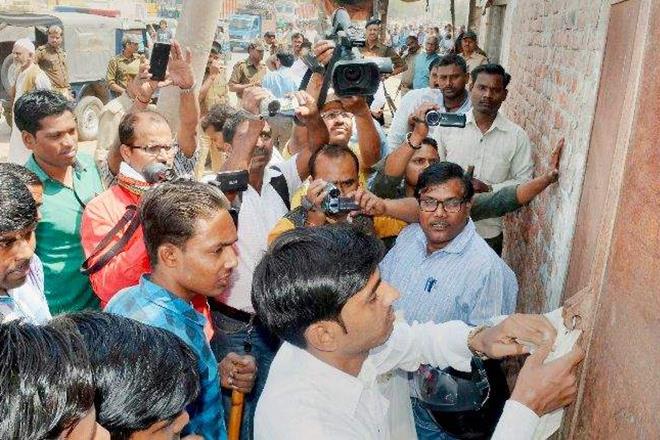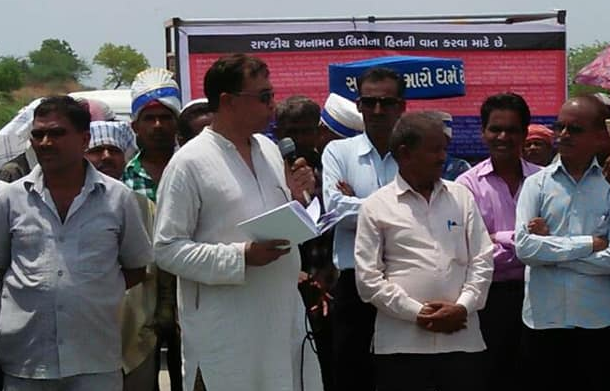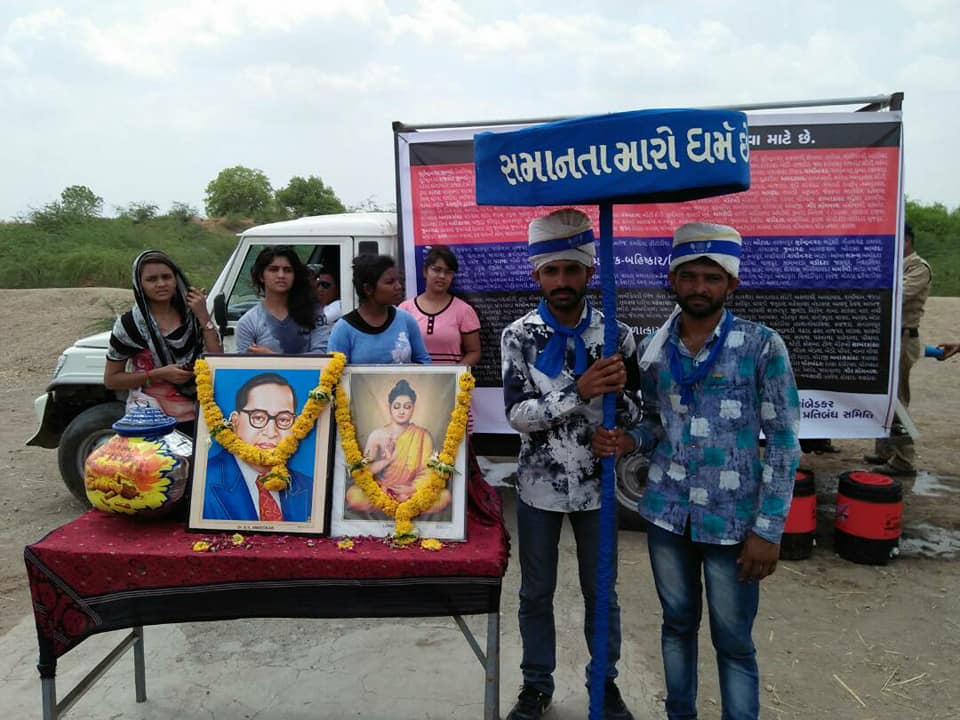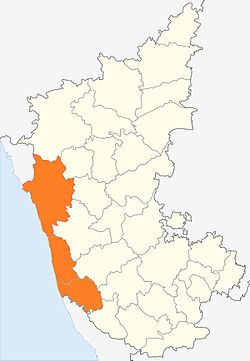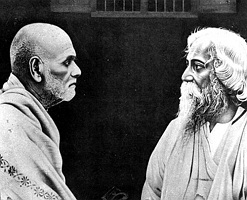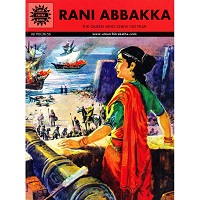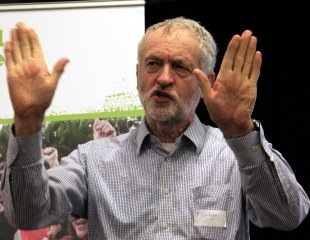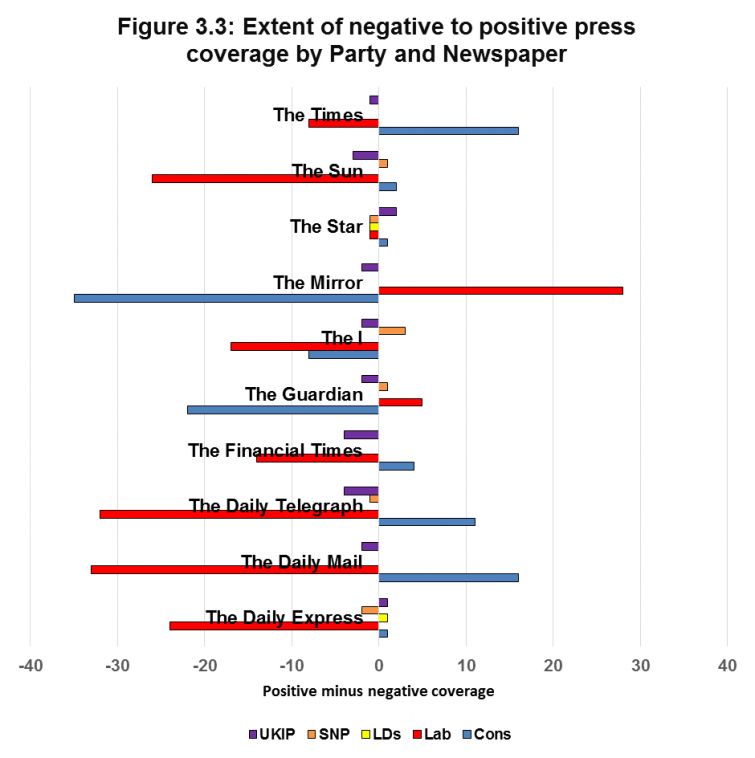
This “instant divorce” is called “triple talaq”. It is legal and allowed under the Muslim Personal Law (Shariat) Application Act of 1937, which states that husbands can separate from their wives by simply uttering the word “talaq” three times.
But when a Muslim woman seeks to divorce, she needs to go through a longer, different procedure.
The practice of instant divorce, which is prevalent among Sunni Muslims, has been already abolished in 22 countries including Pakistan and Indonesia where Sunnis are the majority. But it remains in Saudi Arabia and in India. For now.
The end of a discriminatory practice
For over a month now, the Supreme Court of India has been reviewing the practice. On May 10, it called it the “worst and undesirable form” of dissolution of marriage.

The Supreme Court undertook the review after Muslim women activists campaigned for an end to the practice, calling for reform of Muslim personal law. They also demanded better living conditions, more facilities, and fairer rights overall, on par with women from other communities in the country’s vast multicultural society.
In India, religious freedom is a fundamental constitutional right. In accordance with your faith, personal laws can apply and decide upon your marriage, divorce and inheritance matters, among other things. When spouses are of different religions, they rely on the Special Marriage Act.
But is “triple talaq” a religious or legal question? Scholars Faizan Mustafa and women’s rights activist Flavia Agnes have invoked constitutional provisions regarding freedom of religion, minority rights and cultural preservation to justify noninterference by the judiciary in existing personal laws.
The court has examined both the legal and religious aspects of “triple talaq” and is currently reserving its verdict, which is expected to come in the next few weeks.
Used by far-right groups
The conservative All India Muslim Personal Law Board, an influential organisation for Indian Muslims, initially supported the practice. But on May 22, it stated that those who use talaq should face a social boycott.
It did not, however, call for reforming Muslim law. And other Muslim organisations support it too.
These divisions among Muslim communities have fuelled the discourse of Hindu right-wing groups, including that of the ruling Bharata Janata Party (BJP). They appear to have turned progressive overnight by emphasising the need to abolish the practice in the name of women’s rights.
In the process, they publicly portrayed Muslims as anti-progress, anti-women and finally as anti-India. But the track record of these groups on gender justice is actually abysmal.
These organisations aggressively seek to impose dress codes on women and ban them from wearing western clothing. They thrash people celebrating Valentine’s Day and forbid Hindu women to have male friends.
Some even advise that wife-beating may be well-deserved, and should be borne in silence.

But why are Muslim women not allowed to speak for themselves?
Both Hindu and Muslim right-wing groups work in a form of consensus to keep this issue simmering to serve their existential needs.
There also attempt to marginalise moderate and rational voices within the Muslim community on the abolition of instant divorce and project the community as a monolith block.
The diversity of Indian Muslims
But Indian Muslims are not homogeneous. Besides the main Shia and Sunni sects, they are also divided along many cross-cutting lines of identities, which prevents the community from having a uniform view on “triple talaq”.

There are also nuanced differences in the principle and practices of Shia and the four schools of Sunni jurisprudence, which include Hanafi, Malikiand Hanbali and their sub-sects such as Wahabi, Ahl-e-Hadith, Deoband, Barelvi. Then there’s the minuscule presence of Ahmadiyas and Sufi sects.
None of these categories follow similar patterns in term of social or cultural practices. Muslims, like other Indians, clash over class or income, and have mutually exclusive interests and deprivations. Their diversity runs along linguistic and regional variations from Kashmir (Himalayan northern India) to Kanyakumari (south).
Most significantly, they are divisions based on caste and a strong hierarchy exists despite claims of Islam not acknowledging the caste system in the way it is among Hindus.
Due to intense disagreements within and between these social groups, it is difficult to develop consensus on something called an Uniform Islamic Code that may deal with marriage, divorce, inheritance, maintenance, adoption and polygamy.
Need for a unique civil code
Given their diversity, it’s important to preserve the cultural autonomy of Muslim groups. Reform of existing Muslim personal laws must take place and could use some of the egalitarian principles found in the Quran.
Second, the Special Marriage Act should be reformed on broader lines to work as a uniform civil code as there must be a choice available for all, especially for those who disagree with the religious personal laws governing them.
We need to deconstruct the claims of those stating that “triple talaq” is legal and Islamic. In many cases, disadvantaged and uneducated groups among Muslims are unaware of what is called Islamic and are easily influenced by self-proclaimed clerics and scholars.
Does a Muslim cease to be one if he or she does not follow the so-called religious sanctity of “triple talaq”?
The Muslim community must show its progressive side by proposing and accepting the reform of personal laws to reconcile with gender justice norms. It should work on a civil code that challenges not only the un-Islamic “patriarchal bias” but also the unquestioned privileges of conservative forces among Muslims.
Afroz Alam, Associate Professor and Head, Department of Political Science, Maulana Azad National Urdu University
This article was originally published on The Conversation. Read the original article.

